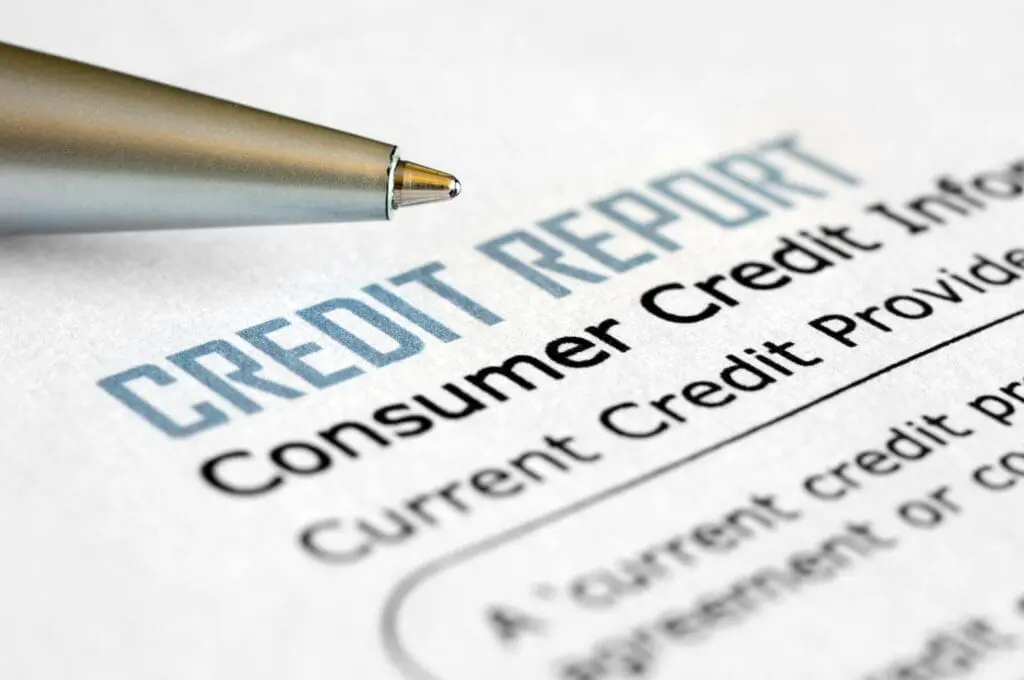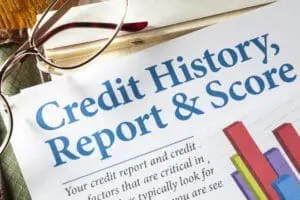
Learn to Read Your Credit Report
Many people never know what their report is, but the most important thing you should know is that it could be detrimental to your credit score. If you’re not looking out for yourself, a potential creditor will red flag your report and make it challenging to find lenders who will give you the loans or lines of credit you need.
The Equal Credit Opportunity Act requires all creditors to follow the basic lending standards. To do so, they have to give you your report. Below, you’ll find more information on what it is and how to read it.
What Is a Credit Report, and Why Should I Know About It?
A credit report is a record of your credit history. It allows potential lenders to view your available financial information to determine if you can pay back loans or lines of credit.
Knowing your current report allows you to analyze where you stand so that you can make improvements on time. That’s why it’s wise to understand your report and why it can affect you financially. You must understand how to read it and how a potential creditor could find out about inaccurate information in your file.

The Importance of Regularly Checking Your Credit History
Regularly checking your reports can help you detect fraudulent activity in your accounts. Before you can understand how a report can affect you, you must understand it.
Inaccurate data on your report can mean difficulty getting approved for loans and lines of credit.
How To Read Your Report
Once you have opened a copy of your report and are ready to begin reading, you should note some essential information points. Regularly reviewing your report is crucial to raising your credit, especially if you’re in dispute. You may find yourself not only with high rates but also account closures due to disagreements on your report.
It’s essential to know how the credit bureaus display information on your report. It equips you to configure valid credentials about your financial history.
Besides looking at your report to ensure there are no fraudulent entries, you should also pay attention to the visible requests. If there is any discrepancy, it may appear as a ‘hard inquiry. These inquiries happen each time you apply for a loan or line of credit.
The information an individual has on their report does not represent the individual’s creditworthiness and does not reflect the financial soundness of the cardholder.
If you were denied a mortgage loan, it might have been due to late payments over illness or unemployment. After reading this article, you will understand why this could cause your score to drop since they would have access to your actual financial track record.
How To Access Your Credit Report Information
Open a Free Annual Credit Report File Online
You can check your credit history online using your name, social security number, address, and date of birth. Choose the bureau you want to order from and fill in the necessary fields.
Some ways to read your report include the following:
- Call the toll-free number on your report and follow the recorded instructions.
- Request it by mail using the address on the back.
- Get a free copy of your credit score online by directly visiting the secure website of each bureau.
- Go to any branch location of one of the three credit controllers to obtain your free copy.
These reports usually have a summary of your loans and any public records. They also appear to have an individual’s property, employment, and personal history.
The meat of your credit score is essentially a list of all of your credit accounts. It includes your mortgages, loans, and any open credit cards.
Information Included in Your Report
In learning how to read your credit chart, it is essential to understand its information. Crucial data like date of birth, name, social security number, and address are all included in the report. The accuracy of this information ensures the report matches the person requesting it. It also helps avoid identity theft.
Checking this data protects you from appearing to be someone who disputes every item on their report and demonstrates a willingness to cooperate with the creditor investigating your dispute.
A collection agency or another third party reports the terms of your credit card accounts to creditors using the information you’ve shared with the specific agency. Reviewing your report is the only way you know how accurate creditors and collectors gave the information as you read through this article; take note of the information you find here.
A unique feature of your credit report is that it contains information from all three credit controlling agencies. If a creditor or lender calls for your report, they’ll be able to look at one statement that has all the information they need. The other two reports are different, though. They have different criteria for making credit decisions used by companies who want to verify information without accessing your report.
Your rating is entirely dependent on you as an individual. Your score is essential when searching for financial assistance from banks and other creditors. It also includes a summary of information related to your credit histories, such as current and past addresses, employment status, and recent inquiries into your report.
The higher the number of factors a customer can achieve, the better their chance of obtaining a loan or loan approval.

Information Not Included in Your Credit Report
Some information that isn’t supposed to appear in your report includes the following:
- Approved credit cards
- Health insurance balances
- Telephone numbers and e-mail addresses
- Public records such as lawsuits and tax liens
- Fraudulent information, such as address changes or names of people that do not exist
- Charges on a closed credit card account
- Loan account that was sold to an issuer and is no longer available
It’s vital for you always to be informed about how the credit bureaus choose to display information on your report. It helps you understand how accurate the information you have received from creditors and collectives is.
A unique feature of a credit report is that it contains information from all three credit controlling agencies. If a creditor or lender calls for your report, they’ll be able to look at one statement that has all the information they need.
Knowing what could negatively affect your credit score is essential when searching for financial assistance from banks and other creditors. Find out how lenders, creditors, and financial institutions use your credit report. This allows you to understand how they interact with your report and what steps you can take to maintain good credit.
Payment History
In learning how to read your credit chart, it is essential to understand how creditors and lenders determine this information.
Finding a creditor or lender to make the first payment on an account is easy, but you’ll have to repay your loan successfully in the future. Successful payment history can often be the difference between a bad and good credit score.
Making monthly payments on time is one of the most important things you can do to improve your credit rating as it demonstrates responsible behavior and stability.
In Conclusion
You must understand how to read your credit report. It will better equip you to make educated financial decisions and avoid potential legal and fiscal issues resulting from uninformed decision-making. At Consumer Protection Group, we’re well aware of the challenges debt poses on everyday life – and we’re here to help. Contact us for more information.
